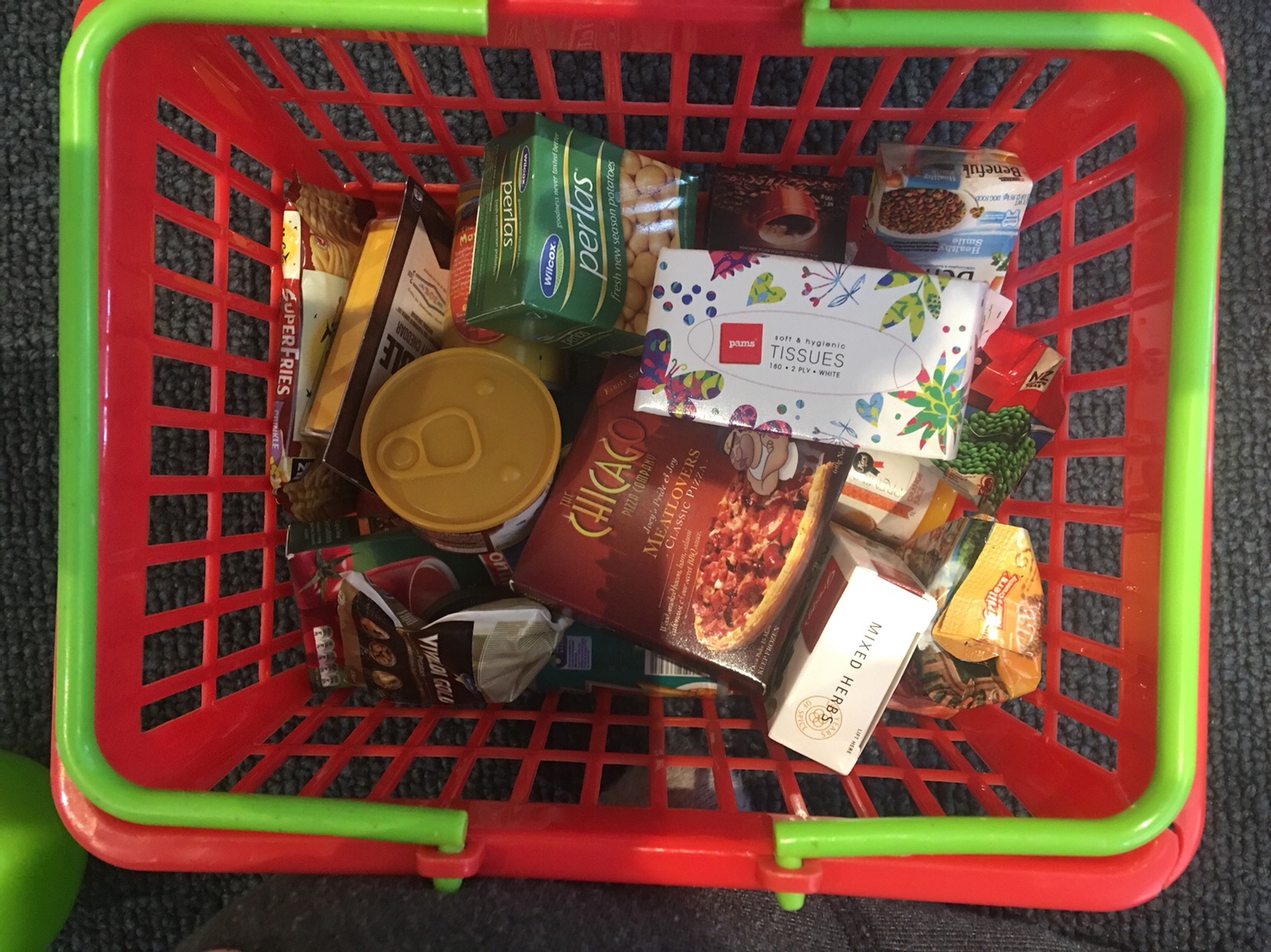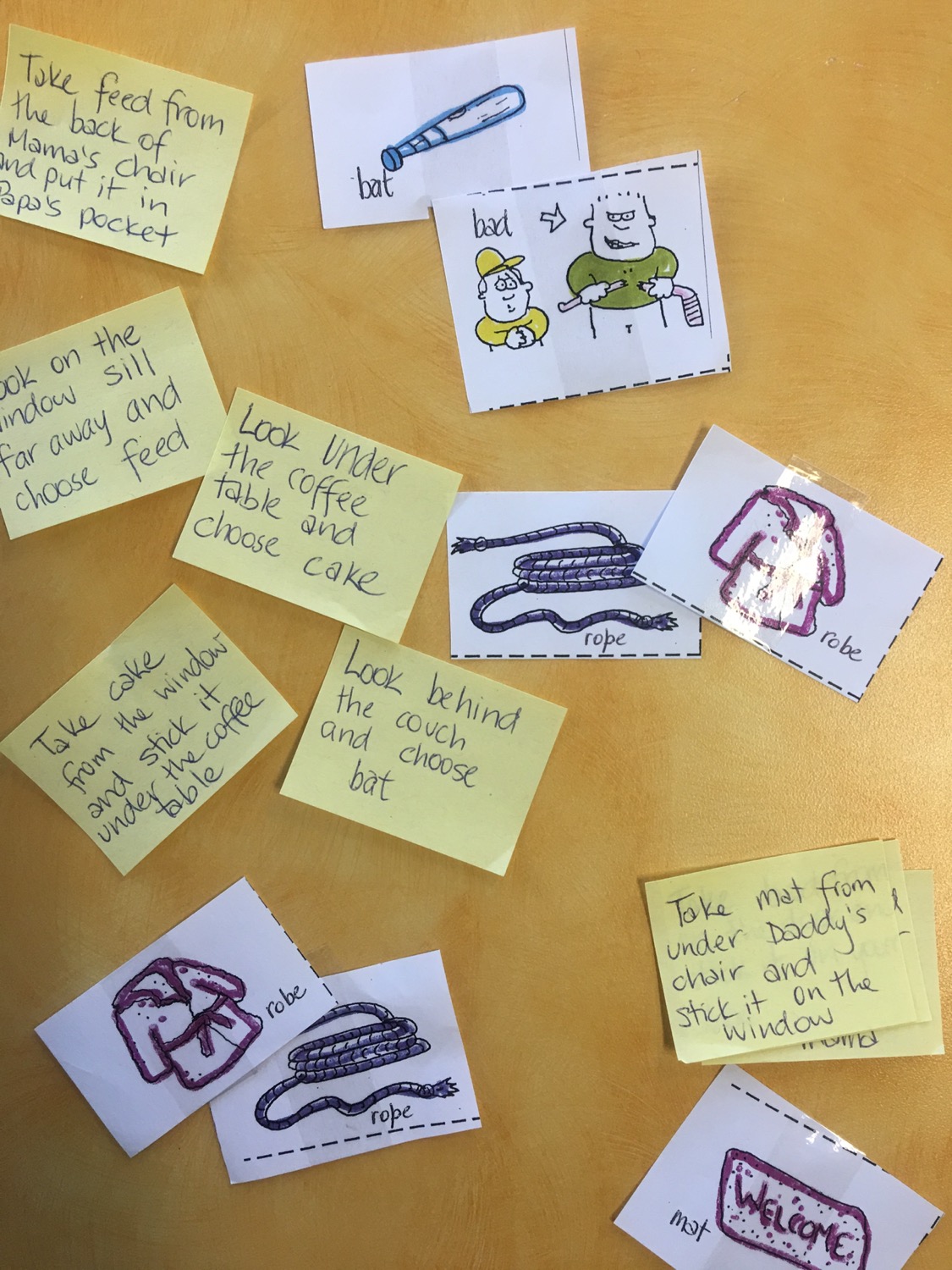Playing with dolls activates brain regions that allow children to develop social processing skills like empathy
Dr Michele Borba

Parents may be concerned that the home-schooling and social isolation their families have endured during COVID-19 restrictions and lockdowns could effect the development of their children’s social skills, resilience, and empathy. This doesn’t have to be the case.
The COVID-19 virus has rocked 2020 – not in a good way. Everyone was so looking forward to this year with hope. 2020. Perfect vision. Double numbers. It was going to be a great year! Instead, it has been a disaster. Millions have become sick and died. Many have lost their jobs or suffered reduced hours. Travel plans were cancelled. Loved ones have been separated. Parties, weddings, funerals, and other events were postponed. Schools and businesses closed for extended periods, sometimes permanently. Dreams and plans were shattered. It’s been a tragic year for many adults, and it’s not over yet. My own 4-year relationship is a victim of COVID. We had a wonderful FIFO relationship brought on as we each had needs in our own countries. He had health issues, unemployment, and home renovations to deal with. I wanted to be closer to my aging parents, and bring my daughter back to our roots, away from a toxic small-town situation, and to enrol in a huge and diverse university. Our flights to visit each other were only 3-hours each way. It was so simple and fun before COVID closed the borders. It wasn’t fair to wait for 12 months or more to see each other with no end to border closures and quarantine periods in sight so we decided to go separate ways….but…
Stop for a minute and think about our precious little ones. How have the COVID restrictions and ‘new normal’ effected the little learners? Have they been effected?
In some countries, Coronavirus lockdowns persevered for months at a time, with families directed to stay in their homes. Little learners could not visit their friends or relatives, or attend schooling face-to-face. Families were huddled together in their apartments or houses with minimal time outdoors in the fresh air and sunshine. Some little learners had nowhere to run, cycle, or engage in gross motor play. Caregivers were no longer just ‘parent/mom/dad’, but were suddenly ‘homeschool educator’, ‘tutor’, or ‘entertainment director’. Everyone was cooped up and cranky. Social time was zero.
Of course caregivers are worried about their children’s social skills. In July this year, Barbie doll manufacturers Mattel commissioned a OnePoll global survey in 22 different countries, and 91 percent of the 15,000 parents questioned ranked empathy as a key social skill they would like their child to develop, but they were not aware how to help their child to develop this skill. Social distancing and Coronavirus lockdowns limited peer-to-peer interactions, mother-baby coffee groups, play dates, and attendance at educational facilities. Many parents were either at their wit’s end trying to cope with the daily routines and working from home, or just did not know how to entertain and/or educate their children day in, day out for weeks and weeks. Their children were isolated and they were concerned.
We have cause for concern if we believe our little learners are not developing empathy. Michele Borba says: “…It’s been shown that children who have developed empathy and social skills early in life can have better grades, stay in school longer and make healthier choices overall. Empathetic children might also be more likely to stand up for a child being bullied and try to engage and resolve the conflict…”
How does empathy develop anyway? It starts from the moment a baby can see faces up close. Babies love faces! Social play begins with eye-contact when a baby catches the glance of another person. If the mutual gaze is broken, play ceases momentarily. If the gaze is maintained, social play can develop with facial expressions using eyebrows, mouth shapes, and eye and head movements. Adults use voice tempo changes and repetitions to expand the infant’s range of experience and maintain their attention. Remember making faces at babies in the aeroplane seat in front of you, or in the supermarket or train before we all wore face masks? Have you seen a baby look intently into its parent’s eyes?
Later, empathy can develop from playing with dolls. This could be Barbies, stuffed toys, cars that ‘talk’ to each other, or toy farm animals, as long as the dolls/toys are personified with human thoughts and feelings in the play. Over a period of 18 months, senior lecturer Dr. Sarah Gerson and colleagues at Cardiff University’s Centre for Human Developmental Science used neuroimaging technology to provide the first indications of the benefits of doll play at a brain level. Through monitoring the brain activity of 33 children between the ages of 4 and 8, as they played with a range of Barbie dolls, the team found that the posterior superior temporal sulcus (pSTS), a region of the brain associated with social information processing such as empathy, was activated even when the child was playing on their own. These benefits of solo doll play were shown to be equal for both boys and girls. Dolls encourage little learners to create their own little imaginary worlds. They encourage little learners to think about other people and how they might interact with each other. The fact that pSTS were active in the study shows that playing with dolls helps little learners rehearse some of the social skills they need in later life.
As founder of the groundbreaking Roots of Empathy program and author of the bestselling book by the same name, Mary Gordon—educator, social entrepreneur and parenting expert—has spent much of her adult life advocating for empathy as the quality most integral to solving conflict: the best “peace pill” the world has ever known. “If you don’t have a word for something,” Gordon says, “you can’t think of it”. The program’s core includes neuroscience, in which the children learn that love grows brains. Rather than being told this, the children can see for themselves how the baby lights up at the parent’s empathic, nurturing interactions with the infant. Another element at the core is the children’s exploration of the baby’s temperament. As they move from observing the baby’s temperament to a discussion of their own, they begin to understand that their classmates and even their parents will have different emotional reactions to situations. Central to Roots of Empathy is the development of a vocabulary for feelings, so that the children learn to use art, music, storytelling or other means to communicate, “I feel sad” or “I feel so angry,” rather than striking out or hiding away. The children learn the principle of authentic communication, meaning that the adults in the program honestly reveal their feelings and don’t ask questions to which they already know the answers.
How can you help your child develop empathy?
These suggestions can be used in the neighbourhood, in educational centres, or even in the home as your child plays with their toys in a social way.
Remember that Barbie®, and the team of neuroscientists from Cardiff University found that doll play activates brain regions that allow children to develop empathy and social information processing skills, even when playing by themselves.
- Put words to their feelings from an early age, and use a variety of words to increase their vocabulary of feelings words, e.g., You feel tired/disappointed/lonely/happy/excited/sad/upset
- Describe how others are feeling and why, e.g., Marco feels sad because his balloon popped.
- Add empathetic language into their play, e.g., Dolly is so sleepy. You’re giving her lots of love and hugs and being so gentle so she can go to sleep. Red car is starving so that’s cool you’re giving it some delicious food to eat. Yum. Yum.
- Ask how they think another person is feeling and model the answers if they don’t have the vocabulary yet. Story reading is the ideal time to do this, e.g., Look! Koala is crying. Why do you think it is crying? What happened? How can Kangaroo help?
- Draw faces with different expressions with bathtub crayons, water paint or chalk on the concrete, washable markers on paper. Talk about the emotions that match the expressions and explain how they are different, e.g., The eyebrows are raised way up on the forehead, the eyes are wide, and the mouth is open like an ‘O’. This face is surprised. Let’s make a surprised face. I feel surprised when someone gives me a fright. What makes you feel surprised?
- Ask how they can help others feel better if they seem sad. Dolly fell down. She hurt her knee and is crying. How can we make her feel better? Her daddy can kiss her knee and give her a hug.
- Model empathetic gestures and use the associated language, such as hugs, patting someone’s arm, smiling, holding hands, back rubs, bringing them a glass of water
- Model ‘talking’ the toys: Dolls. Plush toys. Cars. LEGO figurines. Play Mobil. Playdoh critters.
- Express your own feelings and why you feel that way, e.g., I worked hard today and now I’m so tired. I’m exhausted. I need to sit down and have a rest for a few minutes.

References:
https://www.scholastic.com/teachers/articles/teaching-content/ages-stages-empathy/



















